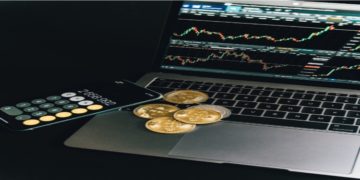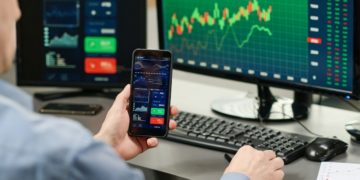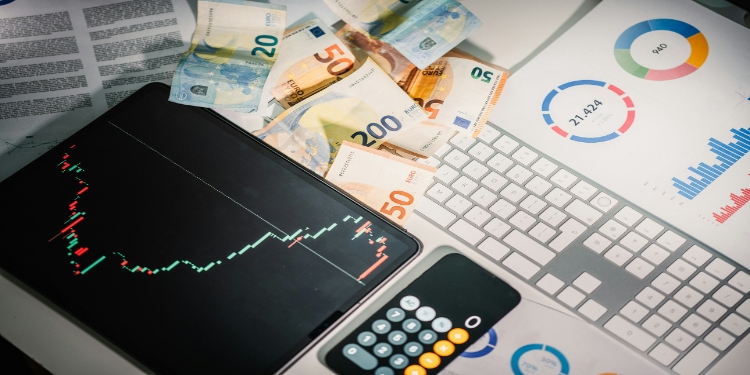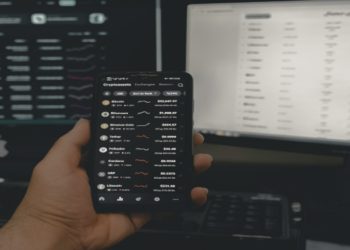Trading in 2025 is a matter of intellect, not instinct.
The rate at which the financial markets are moving has accelerated to the point that making snap decisions based on experience just isn’t suitable anymore, unable to keep up with the fast-changing global landscape, rapid-fire news cycles, and ever-evolving liquidity position. Traders must now rely on up-to-the-second analysis, sophisticated real-time modelling, and on looking at data, providing an up-to-the-second look at the market, not simply trying to lean on ideas that have historically worked. Innovations in the trading technology and analytics space have instigated a sea-change toward trading becoming more evidence-based and methodical, incentivising preparedness and exactitude.
How Retail Traders Closed the Gap
Even just a few years ago, institutional and professional traders seemed to have an unbeatable edge: privileged access to data feeds that were closed to retail traders; proprietary in-house research, analysis, and strategies; advanced tools; and more. The playing field between institutional traders and the average retail trader is much more level than it once was. To be fair, that doesn’t mean that years of trade experience have evaporated– just that exchange-traded instruments and the software that enables one to trade them have become so good that retail traders can now operate using the best of the tools that were once filed in the exclusive domain of top-flight institutional firms. Modern charting and market-depth tools, algorithmic trade execution, sentiment analysis, and trading models have become common commodities, giving an individual access to unprecedented context before making a trading decision. One of the most useful and robust is the MT5 trading platform, which was designed as a multi-asset analytical software platform that also slices, dices, broils, and flips fixed-income products, options, currencies, futures, CFDs, cryptocurrencies, and equities with equal ease.
Real-Time Insight as the New Competitive Edge
The plan of attack now is all about discerning the market landscape in real-time. Traders always have one eye on intraday volatility; they are also monitoring liquidity, scaling in and out and watching how the order-book behaves. They are waiting for the Fed. They are also aware of potential scheduled economic or central bank news. The long term matters less; what matters most is the bleeding edge of real-time information. Respond too late, and you miss a trade or pay a higher price, especially in structurally fragile markets that like to gap up or down wildly on a headline. A trader in 2025 has to develop tools to be able to follow the market in real-time and react in a confident and competent way.
AI as the Trader’s Analytical Partner
Artificial intelligence is transforming the trading landscape, although perhaps not quite in the way that people envisioned. It has not replaced human traders, but instead serves as an invaluable “back-up brain” that can process information far quicker than the human brain. Machine-learning algorithms detect the relationships between global markets, can forecast changes in momentum based on a wider range of data, assess macroeconomic risks, and scour the news and social media for indicators of market sentiment. The most effective way to use AI in trading is by combining it with human intuition. Traders who incorporate AI into their decision-making process can identify trading opportunities and simulate risk scenarios more accurately, while still deciding how to interpret that information and whether or not to make that trade.
The Growing Importance of Market Sentiment
By 2025, market behaviour is heavily influenced by the collective psyche of Homo economicus. The ebb and flow of sentiment on social media platforms, the regular rotation of financial media talking points, as well as the virality of competing narratives, can take a toll on anyone’s amygdala. Traders have come to understand that in order to succeed, they must first be able to gauge whether the market is simply carrying out a logical balancing exercise in the face of an unknown future or whether it has simply lost its rag.
Macro Awareness as a Core Skill
No trader in 2025 will be able to get away with ignorance about macroeconomics. Interest-rate expectations, inflation data, central bank communications, employment numbers, stream of geopolitical news — everything is relevant to almost every market in one way or another. Say, if a central bank’s announcement suggests that it may start to change its policies, a chain reaction occurs: currencies, stocks, bonds and commodities all respond accordingly. Traders today are regarding macroeconomic data with the kind of vigilance that they used to employ for detecting technical signals. Unlike in the past, in a world of globalised financial markets, one cannot afford to work alone. It is important to understand (for example) whether the shift in monetary policy will lead to growth in a certain indicator, and if that will affect the mood of investors in another market, and build your analysis based on that.
Technical Analysis Reinvented
Technical analysis is still in play, and it has become more sophisticated. You can not just look at a printed manual of patterns after patterns with no further global price action information involved. This includes the actual condition of trend structure, volatility environment, areas of liquidity influence, multi-timeframe confirmation, etc. A breakout or reversal can not be defined as useful unless it translates into the biggest volume action, an actual strength of momentum, the higher timeframe trend orientation and correctly organised collective mood of the market participants with traders. Technical analysis in 2025 implies dealing with probability and accuracy rather than some abstractions.
The New Blueprint for Successful Trading
Success in the ’25 is about data technology and, above all, discipline. Traders thread the analysis of price action in real-time, the modelling of AI, the considerations of macros and sentiment, and technical structure, all into one. These traders use MT5 not as a way to simply enter trades but to create an analytical ecosystem allowing them to digest all the information they need in one place. Making profitable trades is no longer about being fast or being lucky. Smart trading is the ability to make sense of complexity and act free from emotional constraint and to make decisions based on evidence rather than action.
David Prior
David Prior is the editor of Today News, responsible for the overall editorial strategy. He is an NCTJ-qualified journalist with over 20 years’ experience, and is also editor of the award-winning hyperlocal news title Altrincham Today. His LinkedIn profile is here.













































































